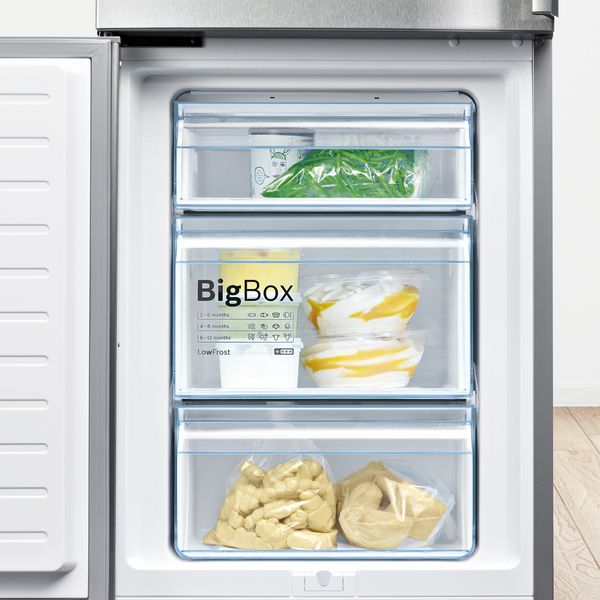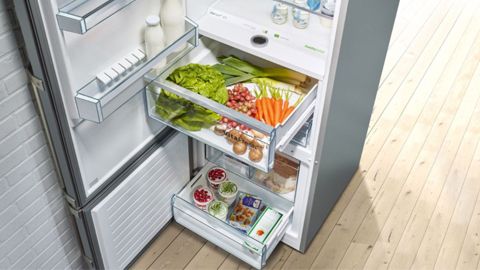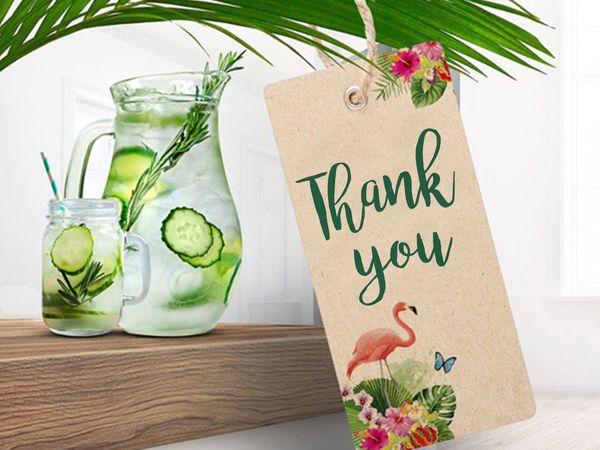If you thought freezing food was simply about putting fresh produce in your freezer and closing the door, then prepare to think again. There is a lot more to freezing than meets the eye. Learning the dos and don’ts is vital if you want to make the most of your food.
Freezing is a great way to preserve food and lock in vitamins and nutrients. Make your regular shop go further and freeze pre-prepared meals and leftovers, to quickly defrost for you and your family. Freezing can help save time and money and reduce food waste.
Our helpful guide will teach you everything you need to know about how to freeze correctly, what foods can and can’t be frozen, the best ways to freeze different foods, and more. It’s time for a deep dive into the art of the deep freeze.
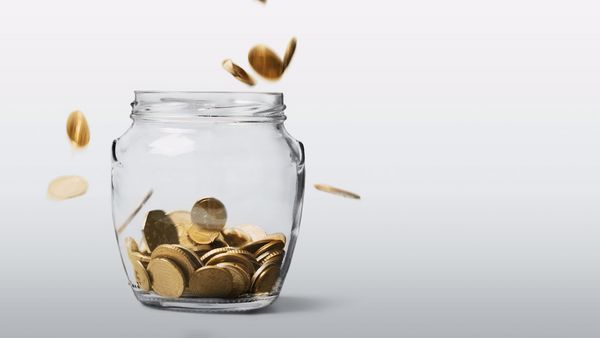
The benefits of freezing food
Fresh food is one of the keys to a healthier lifestyle, but it can be hard to keep it that way. From the moment you buy fresh produce, its quality will decrease slightly with each day. Freezing food allows you to preserve all that freshness, locking in vitamins and minerals without affecting the nutrient content.
As well as reducing waste and helping your shopping go further, freezing gives you access to seasonal foods all year round. You can also prepare and freeze entire meals, which can be thawed and reheated for your family to enjoy. This is a great way to save time and money.
Freezing food is convenient, nutritious, and as long as you follow good practice, there are very few (if any) downsides. Let’s take a look at the best ways to freeze everyday produce, from raw meat, fish and seafood, to fresh fruit and vegetables, bread, dairy, and more.
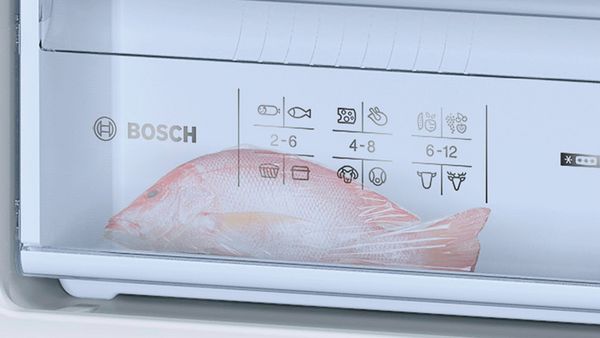
How to freeze raw meat and seafood
If you’re planning to freeze fresh fish and raw meat, it’s essential to put it in the freezer as soon as possible once you’re home. Ideally the same day you purchased it. Don’t leave raw meat and seafood in the fridge for days and then freeze it, as it won’t retain its quality and freshness.
Make sure you remove raw meat and fresh fish from supermarket packaging, as it’s unlikely to be airtight and might not be ideally suited for freezing. Transfer the meat or seafood to your own airtight container, carefully separating into portions before freezing. This is especially important for ground meats, which you could form into patties.
As an alternative to airtight containers, or as an extra measure, you could also individually wrap portions in film or place them in resealable freezer bags. Remember, freezing doesn’t kill foodborne bacteria, but it pauses it for as long as the product is frozen.
How long can fish and meat be frozen for?
Fish and sausage can be safely stored for up to six months, while meat and poultry can last for closer to eight months. However, it’s generally accepted that frozen food is at its best within three months.
Can you freeze fresh fruit and vegetables?
You can! Freezing fresh fruit and vegetables is a great way to enjoy seasonal produce all year round, and also prevents delicious food going to waste.
While you can freeze most fruit and vegetables, there are some exceptions to watch out for. Avoid freezing fruit and vegetables with high water content like cucumbers, lettuce, cabbage and other leafy vegetables. These will go mushy once defrosted.
Uncooked potatoes also don’t freeze well because of their starch and water content, and tomatoes will lose their texture and flavour. The only exception with the latter is if you’re using it for a sauce or a soup.
As most fruits have high water content, they don’t freeze as well as vegetables. Strawberries, for instance, might retain their flavour when frozen, but will often turn soft and soggy after they’ve thawed. This isn’t an issue if you’re planning to use them for fruit smoothies or cooking. One tip for how to freeze strawberries and other fruits is to slice them, lay them flat on a parchment-lined baking sheet, and freeze them in a single layer. Once frozen, transfer the slices to a freezer bag.
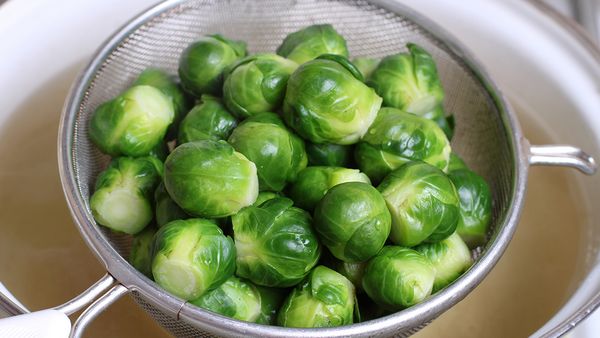
Can you freeze fresh vegetables without blanching?
A question we’re regularly asked about vegetables is, can you freeze without blanching? While some vegetables can be frozen raw, it’s best to blanch them to reduce microscopic molecules known as active enzymes, which cause discolouration and loss of texture. Blanching also helps seal in the colour and flavour of the vegetables before freezing.
Blanching is simply a case of briefly boiling your veg before cooling it in an ice bath. It’s best to prepare the veg first by chopping or slicing it. Once the veg is thoroughly cooled down, always make sure it is dry before transferring it to a freezer bag or sealed container.
Blanching is one of the main differences between freezing vegetables and fruits, as the latter doesn’t require blanching. Now, let’s look at the best way to freeze a few popular fruits and vegetables:
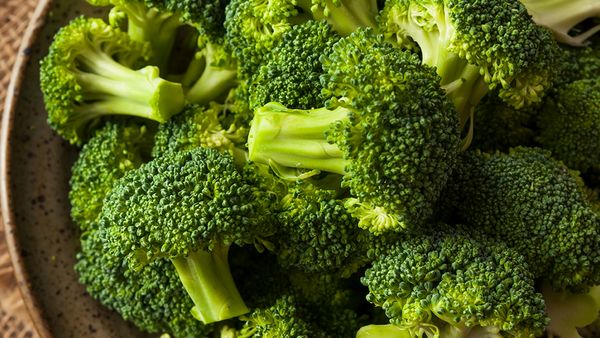
How to freeze carrots
You can peel and slice carrots before blanching and freezing them, or you can also freeze them whole if you top and tail them first.
How to freeze broccoli
Broccoli freezes well. Simply chop the broccoli into florets, quickly blanch, and once cool and dry, freeze in small portions.
How to freeze bananas
Bananas are one of the fruits that freeze best and can be frozen in different ways, from whole to sliced. You can even freeze entire ripe bananas in their skins. The outside will turn brown, but the inside will be preserved. You can also peel, slice and freeze them in a single layer before transferring to a bag.
As a general rule, use freezer bags for fruits and vegetables and store them in as small portions as possible.
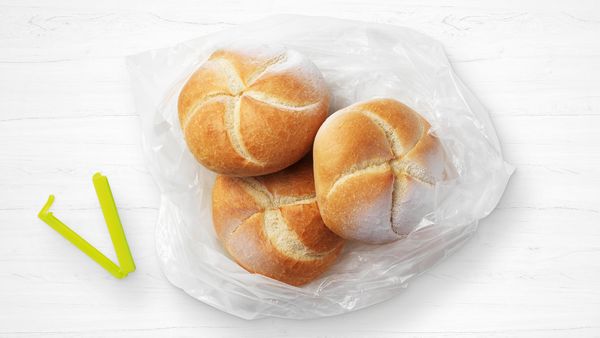
Can you freeze bread?
It’s even possible to freeze produce that you may not have considered freezing, such as cakes, cheese and herbs. Baked bread, cookies, cakes and muffins can all be frozen once they’ve cooled. For bread we recommend slicing and freezing it in individually wrapped portions. This way you can just use what you need at any given time, quickly defrosting a slice or two in your toaster, rather than having to thaw a whole loaf.
Some dairy can be successfully frozen, while others can’t. Dairy can lose its emulsification and become either lumpy or grainy. Cheese can freeze if cut into portions and double wrapped. Herbs can be frozen if you prepare them in the right way first. Luckily, we’ve got just the tip for that further below.
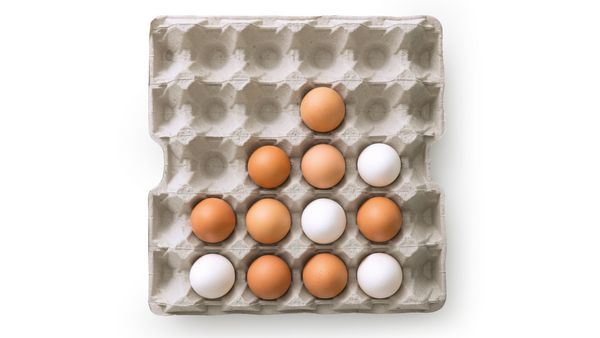
How to freeze eggs
You can’t freeze eggs in their shells as they will expand once frozen, causing them to crack. Also, peeled hard-boiled eggs can become rubbery if frozen. Instead, crack the egg, add a pinch of salt, and freeze the liquid in a sealed container.
How to freeze milk
Milk can be frozen in a sealed plastic container, but it can separate, affecting the quality. You can still use it for cooking and baking.
How to freeze herbs
Leafy greens, including herbs, can turn black and mushy in the freezer, but one smart tip for herbs is to chop them up, mix them with water or oil, and freeze small portions in an ice cube tray. Once frozen, you can transfer the cubes to freezer bags.
The best meals to freeze
Preparing meals in advance and freezing them is a great way to make your food shopping and household budget go further. It’s also a super convenient way to serve up a delicious meal in a fraction of the time. Soups, stocks, stews, casseroles, chilli, lasagne and pasta bakes are all ideal dishes to cook and freeze. Just make sure you let them cool down completely before freezing them.
As a bonus tip, try to cool and freeze leftovers within two hours of cooking to prevent bacteria from growing. Also, if you’re freezing leftover soups and other liquids, note that they will expand when frozen, so make sure you leave some space and don’t fill the container all the way up.
Like herbs, portions of soup or stock can be frozen in ice cube trays and quickly defrosted. This is a good tip for portion control as well as home freezing.
Can you freeze anything?
While some people will answer yes to this question, it’s important to remember that just because something can be frozen, it doesn’t mean it should be.
What foods are suitable for freezing?
As a general rule, baked goods, fish and seafood, meat, vegetables, fruit, herbs, eggs without shells, dairy products such as cheese and butter, ready meals and leftovers such as soups, stews, cooked meat and fish, potato dishes, soufflés and desserts, are all suitable for freezing.
What foods shouldn't be frozen?
While you can freeze most items of produce, some foods just won’t be the same once they’ve been frozen. Foods that don’t freeze well, or shouldn’t be frozen, include, vegetables that are usually eaten raw, like lettuce or radishes, eggs in shells, grapes, whole apples, pears and peaches, hard-boiled eggs, yoghurt, soured milk, sour cream, crème fraiche and mayonnaise.

Top tips for freezing
Here’s a summary of how to freeze successfully, and a few extra nuggets of helpful advice:
1. The optimum temperature for your freezer is -18°C
Modern freezers will help monitor and maintain the temperature to ensure consistent freezing. The latest models also offer cool features and innovations.
2. Always use freezer bags or resealable plastic containers for freezing
Plastic containers and freezer bags let foods expand when frozen, whereas glass does not and could crack. Be sure to use freezer bags, rather than sandwich bags, as they are made from a special plastic that stops them from becoming brittle in the freezer. When using bags, try to remove as much air as possible before freezing, as this can lead to freezer burn. If you plan to freeze a lot of food regularly, you might want to consider investing in a vacuum sealer, which will remove all the air.
3. Label your frozen food containers
Try and make a habit to label frozen food containers, so you know how long they have been stored. Packing your food items into generic boxes may also make it challenging to identify which is which without lifting the lid, so labelling will help.
4. Remember to divide food into individual portions before freezing
This ensures you only have to take out and thaw what you need. Plus, smaller portions will defrost more quickly.
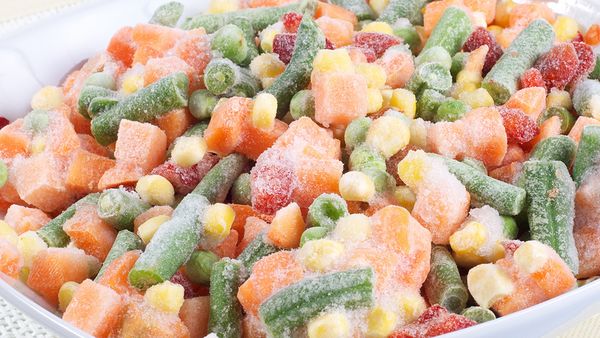
5. The sooner you freeze fresh food, the closer it will be to peak freshness
Food is on a freshness countdown from the second it is harvested. This is one of the reasons chefs prefer ‘field to fork’ menus in their restaurants.
6. Make sure cooked foods are thoroughly cooled before freezing
Avoid putting cooked food in the fridge or freezer until it is completely cool. Warm food in your freezer can cause temperature fluctuations and spoil your chilled or frozen foods.
7. Watch out for freezer burn
Freezer burn happens when there’s too much air in the packaging of frozen foods. As the surface dries out, the affected areas start to get white or grey spots. The food isn’t totally spoiled, but it won’t taste so good. Try to use the right packaging to avoid freezer burn.
8. Invest in the best
If possible, buy a quality freezer with innovative features like ‘no frost’ systems, which monitor condensation and remove it before ice can form. This also means never having to defrost by hand. Similarly, you can also buy freezers with ‘super freeze’, which freeze much faster to protect frozen food from defrosting when you put new items in the freezer.
9. Defrost food in your fridge
This is much safer than defrosting food at room temperature, especially meat and fish, as the cold air will minimise the risk of bacteria.
Freezing food is a great way to make it last longer and go further. It has a host of benefits and very few downsides, especially if you follow our simple dos and don’ts for how to freeze successfully. From fresh meat, fish, and seafood, to fruit, vegetables, bread and dairy, freezing food is incredibly helpful. It’s something we can all do by investing in a quality freezer and applying a little bit of knowledge.
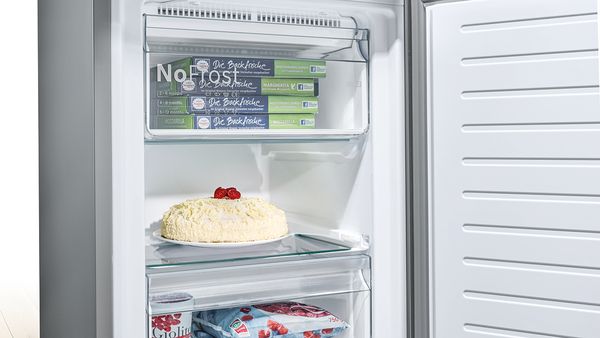
NoFrost Freezer Technology
There's no need to worry about defrosting your freezer again. Our intelligent NoFrost technology uses gentle freezing which reduces humidity and stops ice from forming, saving you time, energy, money and effort.

